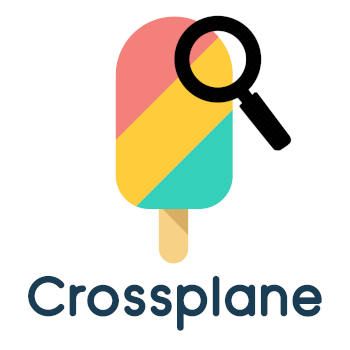-
Crossplane: Share data between resources within the same Composite
6 min read

Following up on the previous crossplane example on Composition: creating a SecurityGroup and a SecurityGroupRule using a Composition we are now going to push information from one of the objects into the Composition and then push it back to the other resource:
The composistion is going to create a SecurityGroup and push it's ID up to the Composite's status. Once the ID is on the Composition, this will push this ID into the SecurityGroupRule to set the SecurityGroup's ID to which we want to create the rule
22/03/2022
Read more... -
How to create Composite Resources with Crossplane
5 min read

With Crossplane we define Composite resources as the combination of other resources. Let's take a look on how to do this we are going to take some terraform code, tranform it into Crossplane objects and the create a Composition based on them
16/03/2022
Read more... -
Install Crossplane on AWS with the Jet provider
3 min read

To start creating resources on AWS we can choose the AWS native provider or go with the Jet provider that uses terraform's AWS provider under the hood to generate a Crossplane provider
02/03/2022
Read more... -
Install Crossplane on AWS with the native provider
4 min read

Crossplane is an open source Kubernetes add-on that lets you create cloud resources using Kubernetes objects (CRDs). It's installation it's straightforward, but once we have it installed the key it to properly configure it's providers. Here we are going to use the crossplane's native AWS provider
28/02/2022
Read more... -
How to debug a crossplane provider
4 min read

To be able to setup a crossplane provider there are some pieces that need to be aligned to be able to use it. For example, if we want to setup the AWS provider using an IAM Role for ServiceAccount. If something is missaligned, we might end up with an error while creating resources that doesn't really clarify what's the actual error:
$ kubectl describe bucket.s3.aws.crossplane.io/test-bucket Name: test-bucket Namespace: Labels: <none> Annotations: crossplane.io/external-name: pet2cattle-demo API Version: s3.aws.crossplane.io/v1beta1 Kind: Bucket Metadata: (...) Spec: (...) Provider Config Ref: Name: aws-provider Status: At Provider: Arn: Conditions: Last Transition Time: 2022-02-22T21:43:23Z Message: observe failed: failed to query Bucket: api error MovedPermanently: Moved Permanently Reason: ReconcileError Status: False Type: Synced Events: Type Reason Age From Message ---- ------ ---- ---- ------- Warning CannotObserveExternalResource 7s (x6 over 36s) managed/bucket.s3.aws.crossplane.io failed to query Bucket: api error MovedPermanently: Moved Permanently23/02/2022
Read more...